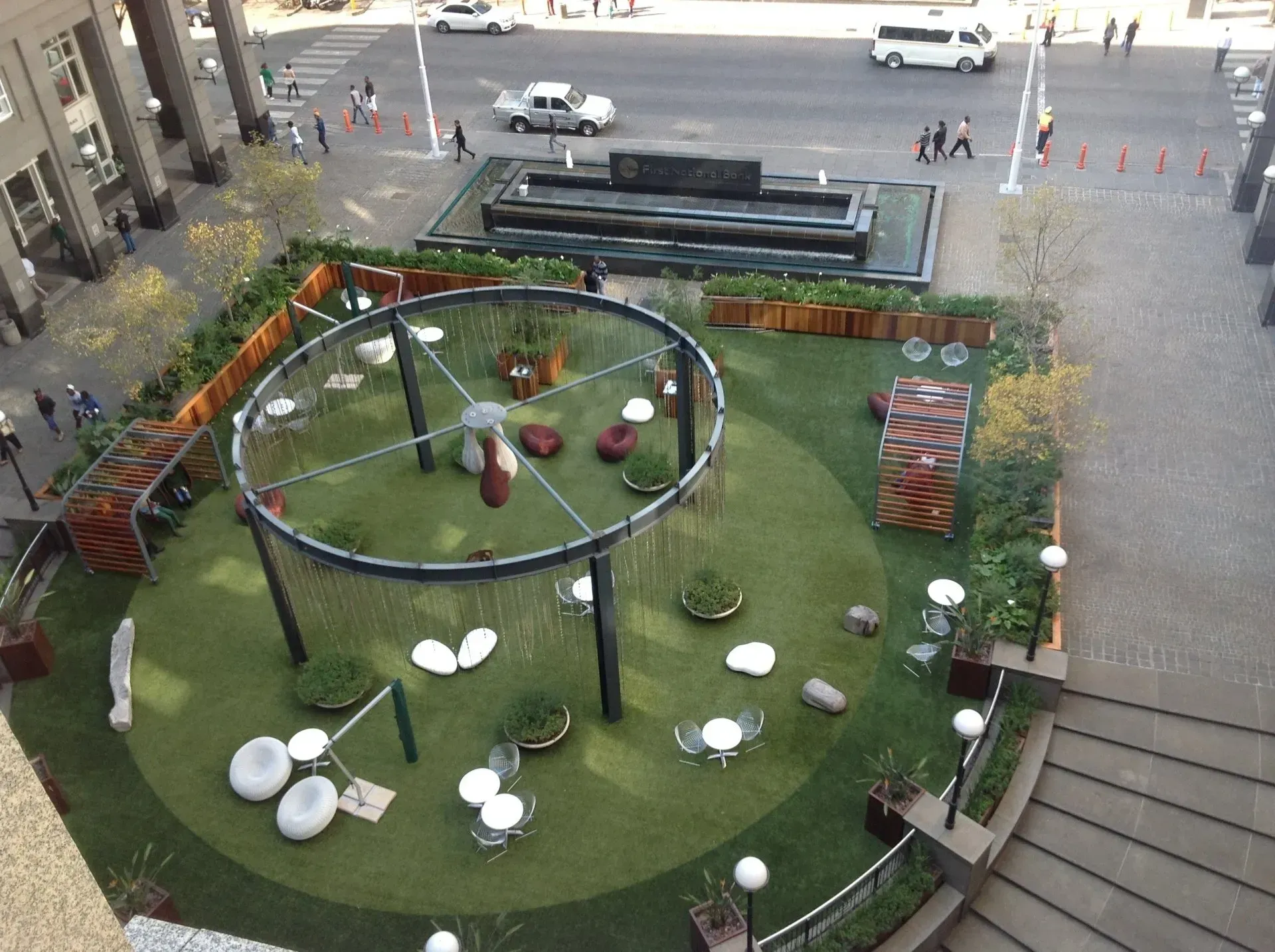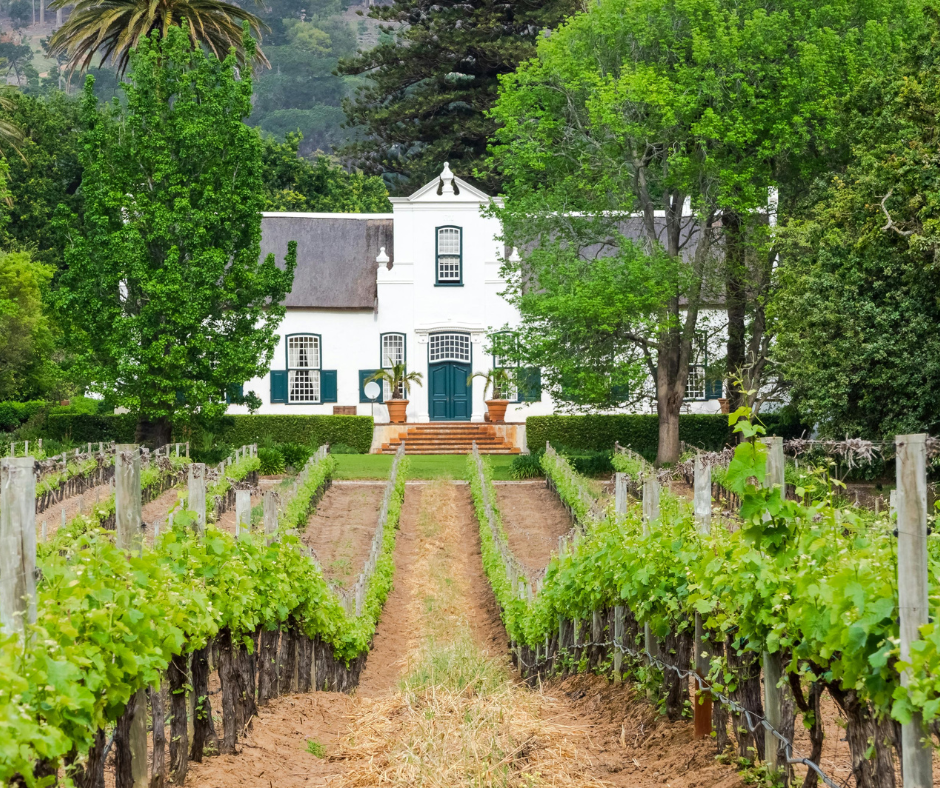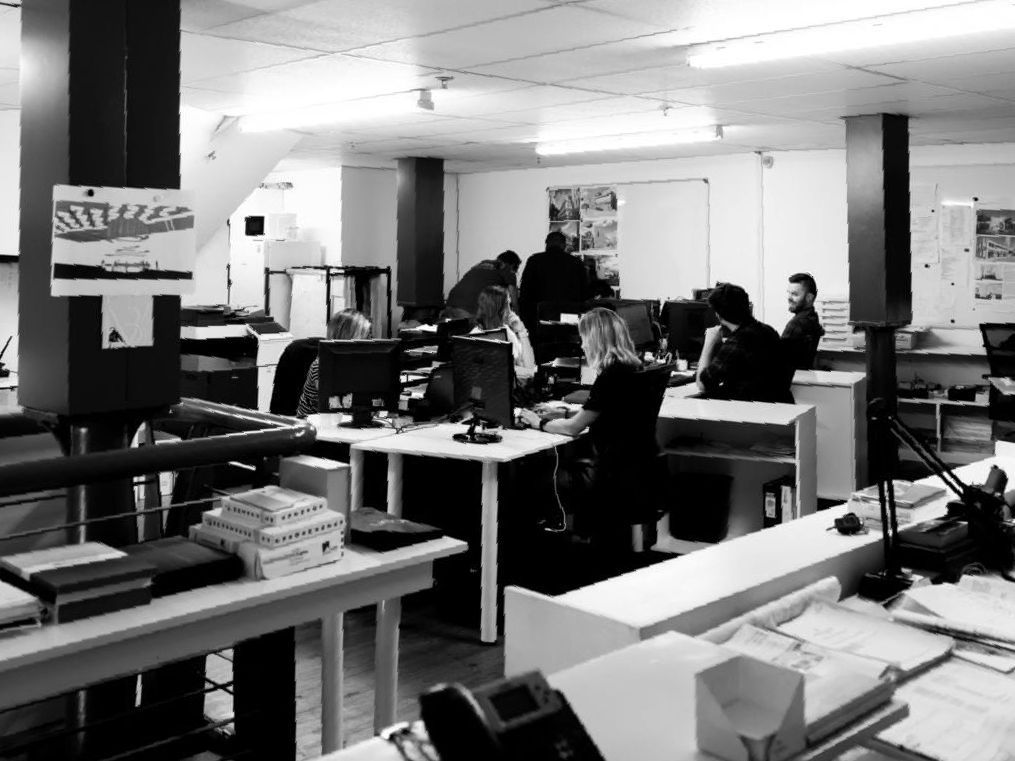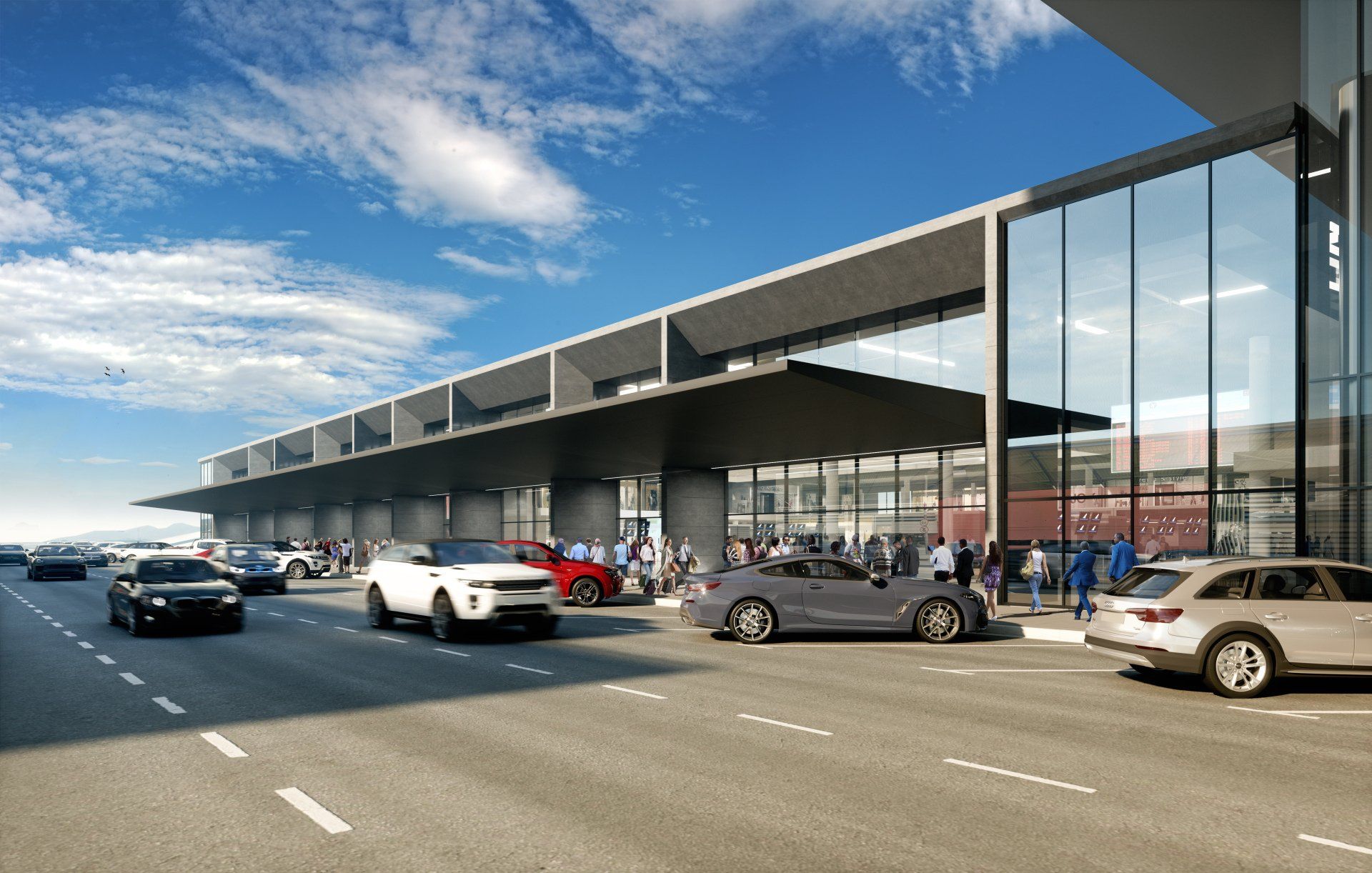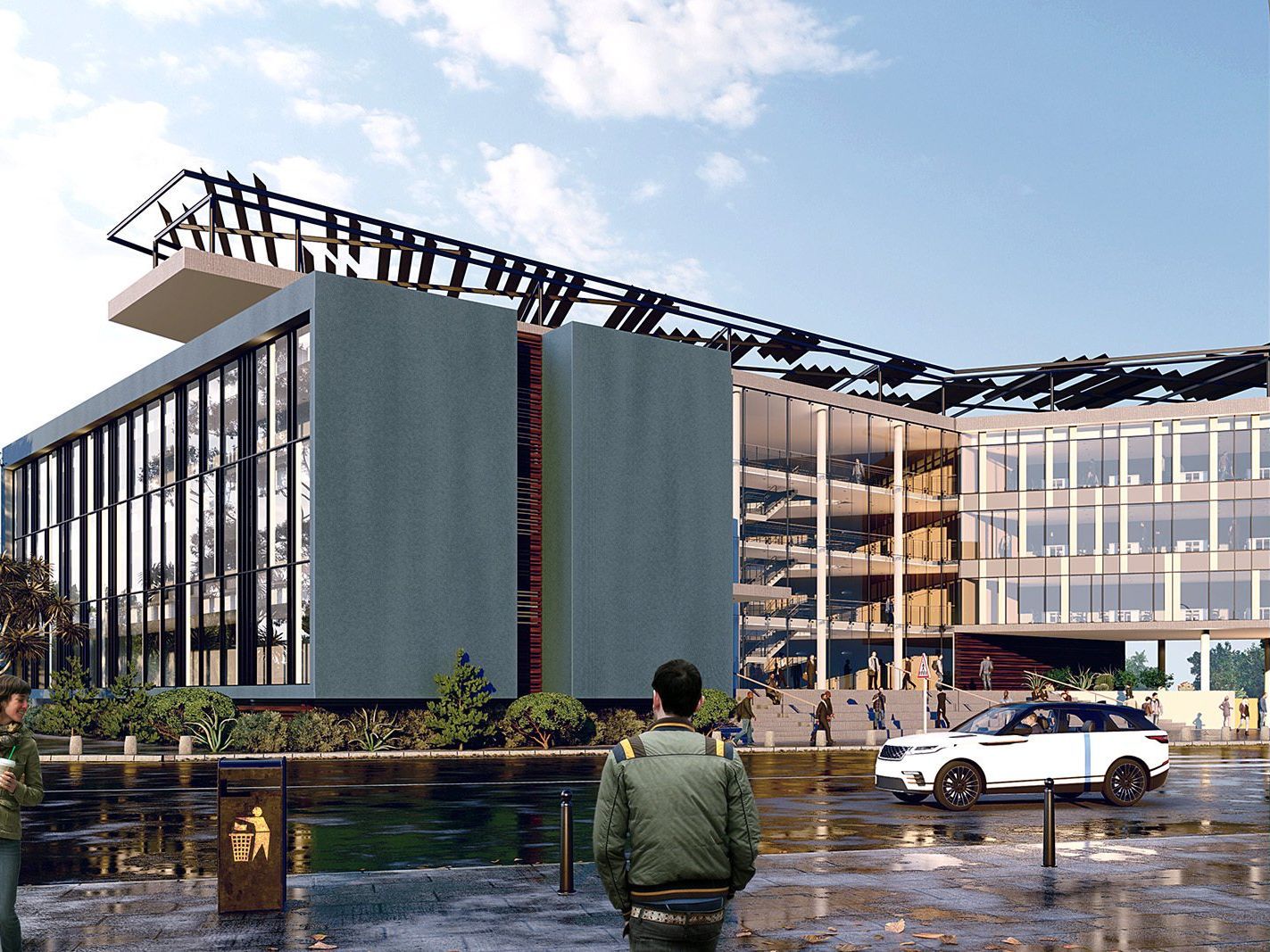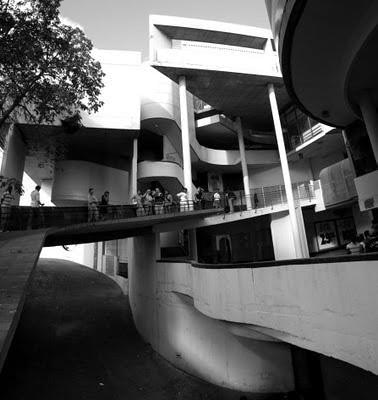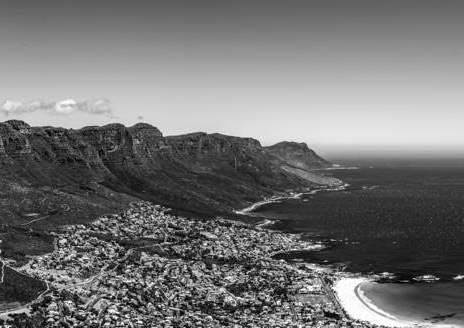Architecture and Climate
Anyone living in South Africa can confirm that the country’s climatic conditions usually range from temperate in the interior plateau, to Mediterranean in the southwestern corner. Naturally, we cannot forget the small area in the northwest which boasts a desert climate. Despite most of the country experiencing warm, clear days and cool evenings, we do experience a wide variety of weather events including drought, heatwaves, heavy rain as well as frost. Practical designing has to take all of the above into account, depending on the context of the location in which a building will take shape. In just a few minutes of reading, discover some of the most important aspects that South African architects have to consider when designing in our country’s climate.

The conundrum of climate
Architects are not weather experts, yet it is incredibly important for them to perform thorough research about the climate of the region in which a project is taking place. In most of South Africa, rainfall typically occurs during summer, spanning from November through to March. In Cape Town, however, the heaviest rainfall occurs during winter. Naturally, temperature variations are significantly influenced by ocean currents, elevation as well as terrain. Like rainfall, temperatures in South Africa are also subject to responding to the movement of high pressure belts that circle the globe at just the right latitude. For interest’s sake, the highest temperatures in South Africa occur in Mpumalanga and the Northern Cape – with a sweltering record of 48 degrees Celsius.
In extreme climates where it is very cold or very warm, the climate takes the position of number one priority, effectively overshadowing other design considerations. Thus, the architecture must respond mainly to the climate in these situations. When it comes to milder climates, there are other factors that take over in importance, such as economy, politics, culture, and heritage. It should come as no surprise though that no matter the climate, taking the location’s environment into consideration is of the utmost importance in ensuring the long term performance of a building.
In the same way that we dress for the weather, so too many buildings are designed to appropriately suit the climate in which they are being built. South Africa experiences a rather vast range of temperatures throughout the year, which means that local architects are tasked with significant research, site planning, and careful planning to create weather appropriate designs.
Orientation
Perhaps the most important element to consider when designing in a warmer and drier climate – experienced by many areas in South Africa – is orientation. A building’s orientation should effectively assist in minimising sun exposure during the summer months, yet provide warmth during the colder winter months. This is often ensured by having the building’s longer walls facing North and South, as well as avoiding west orientation. In practicing sustainable architecture, architects must therefore examine the building site and take the natural environment into account.
Some other aspects that need to be considered are the path of the sun over the plot, prevailing wind patterns, any seasonal recurrences that may affect the building as well as any natural resources like trees. If site orientation is properly considered, the energy efficiency of a building will significantly increase, and at the same time, the negative impacts that the building may have on the surrounding environment will decrease. Consider the cooling and heating of your home, as an example. If it is ideally orientated, the need for heating in the colder months, as well as the need for air-conditioning in the summer, will be less prevalent.
It is not only the external plan of a home or building that should be considered when it comes to orientation. With our country’s hot summer climate, the internal plans of rooms also need to take orientation into account. Local architects have to think critically about the position of living rooms like kitchens, lounges, and bedrooms, and oftentimes locate them away from the sun. As a result, the rooms that tend to receive intense, summer sun are assigned to be garages or laundry rooms, to name two examples.
Some other environmental factors that come into play when considering site orientation are:
- Humidity ranges
- Wind patterns (cold and wet or hot)
- Seasonal and diurnal temperature variations
- Impact of the existing landscape
- Effect of adjacent buildings.
Lighting considerations
Although previous decades saw the replacement of natural light with electricity-powered lighting rise in popularity, the recent past has shown a massive focus on natural light and its energy-saving properties in building designs. Environmental conservation efforts have also highlighted the need to save energy, adding to the necessity of optimising natural light in the architectural industry. Daylighting, the controlled admission of natural light, diffused-skylight and direct sunlight, has taken hold of the design world. There has been interesting research that shows the effects that daylighting has on humans.
A 1999 article titled “Daylighting in Schools: An Investigation into the Relationship between Daylighting and Human Performance,” alleged that there was a noticeable improvement in students’ test scores in classrooms that promoted daylighting. There is no question that daylighting also helps to cut down on electricity bills, as well as allows indoor plants to thrive. In allowing the constantly evolving patterns of outdoor illumination to reflect within a building, daylighting assists in creating a more visually stimulating environment for home or building occupants. There exist many more studies that report a direct correlation between daylighting and increased productivity, especially in the work place.
South Africa experiences between 4.1 to 6.3 peak sun hours a day on average. While the Northern-Cape experiences the higher end of the spectrum, it is Kwazulu-Natal that sees the lower end. The abundance of peak sun hours has led to scientists claiming that the country is one of the best locations in the world to develop solar energy. In the Southern hemisphere, direct light streams from the north – seeing as the sun is closest to the equator. Therefore, it is the northern sides of a building that will receive the strongest direct light, and the southern sides that will receive more indirect light. Where direct light has the potential of creating interest and stimulation, indirect or diffused light helps to promote a tranquil environment.
Daylighting systems do not only consist of daylight apertures like windows and skylights. They also comprise of daylight-responsive lighting control systems where possible. These systems have the ability to reduce electric lighting power when there is adequate ambient lighting during the day. There are many intricate rules to which local architects must adhere, such as the design of a building in a way to avoid the shining of direct sun onto task surfaces or into the eyes of the inhabitants. If this is not possible, blinds, shades or other appropriate glare remediation devices must be considered. Because the implementation of daylighting on a project is so much more than listing items or components to be collected and installed, it is fair to say that daylighting requires a careful, integrated design approach.
Designing for the South African coast
Even though the coastal regions of South Africa are not the only places that are battered by storms, it is undeniable that coastal regions are prone to more significant storms, rising sea levels as well as storm surge. Coastal buildings are also starting to feel the effect of rising seas as a result of climate change. Due to the popularity of seaside living in our country, and around the world, coastal architecture is not going anywhere anytime soon. Structures located close to the coast in our country must therefore be capable of handling considerable amount of water, whether the source be rainfall or storm surges.
In designing coastal projects, durability is a must. If you have ever walked on a beach, or driven through a coastal suburb, you will know well that salt is quite literally in the air, and a constant wind seems to blow. Closer to the ocean, buildings – especially during rough weather – will be coated with sea spray. As a result, corrosion-resistant metal design is almost always considered as part of a building’s exterior work. Even inside coastal homes or commercial buildings, moisture can be a problem indoors as well. Some corrosion-resistant building materials typically used for coastal construction include:
- Galvanised steel
- Aluminium
- Stainless steel
Considering South African topography
South Africa’s physiography includes a narrow coastal plain that is separated from an inland plateau by an escarpment that many describe as “horseshoe-shaped”. The interior of the country’s inland plateau consists of a sedimentary basin, and the drainage network of the country can be distinguished by three river divides that are parallel to the coastline. In architecture and design, it is well known that each and every site has its own topography – defined as “the arrangement of the natural and artificial features of a specific area.” The ground of a project site can be terraced, flat or sloped, for example. It is the responsibility of South African architects to design in a sensible way in order for the building to interact coherently with the ground.
Due to the country’s diverse topography, local architects are always tackling challenges of how to best optimise the ground plane. For example, if the ground on a site is sloped, architects may advise cutting and filling in the site, or alternatively, design a structure to have stepped levels to mesh with the site’s natural form. In the Western Cape, there is no shortage of ‘mountain architecture,’ wherein homes are situated on rugged mountainous terrain in an aesthetically pleasing, and functional manner. Such projects can be found near the base of Cape Town’s famed Table Mountain and in the coastal areas of Fish Hoek and Hout Bay. In these locations, local architects strive to allow the natural beauty of the surrounding environment to govern the materiality of a building.
Final thoughts
While building aesthetics are of the utmost importance when it comes to design, the integrity of the natural surrounding environment of a site should never be sacrificed. Firms like us at Design Scape know well the importance of implementing green design practices and preserving the natural beauty that our country offers in such abundance when executing a project. As climate change begins to exact its toll on our country, so too must local architects adapt and design with the climate in mind.
For more information about our innovative architectural services and on how we can assist you, get in touch with our team of professional architects and designers in Durban and Cape Town.
Cape Town
109 Waterkant Street
De Waterkant Cape Town
South Africa, 8001
Durban
Rydall Vale Office Park
Rydall Vale Crescent
Block 3 Suite 3
Umhlanga, 4019
Website design by Archmark



